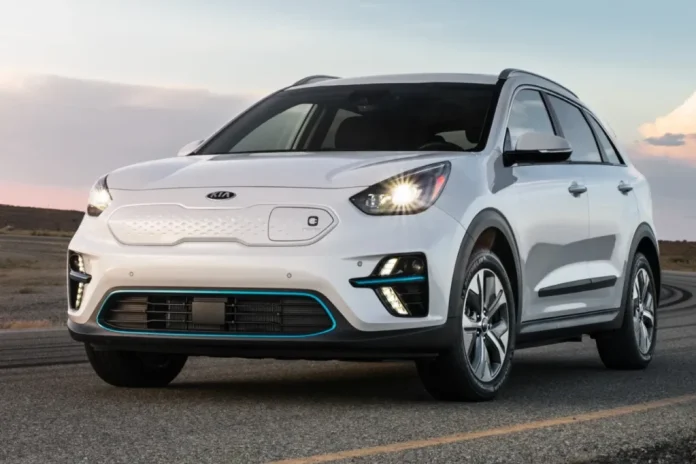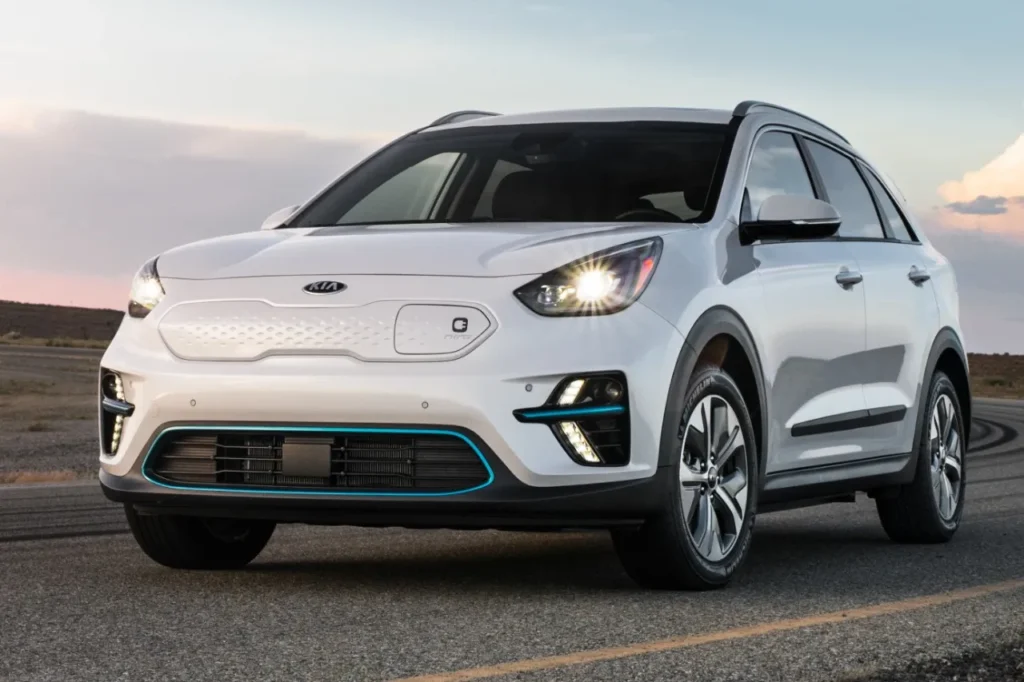
“Is the electric car revolution as green as it seems?” This question, once whispered in policy circles, now echoes in boardrooms and living rooms throughout the world. While electric vehicles are breaking into the mainstream, their vision of clean transportation has captured a world’s imagination and investment. But in the polish of this technological revolution, a complex web of environmental, social, and infrastructural challenges is developing, demanding examination.

The swift uptake of EVs is transforming not just how individuals drive, but also how communities extract resources, transmit energy, and balance the real costs of sustainability. From the environmental footprint of mining minerals to the pressures on aging grids, the path to a more sustainable future is turning out to be much more complicated than the shiny brochures promise. Eight things that every environmentally conscious, tech-savvy consumer and sustainability pro must consider before jumping into the electric dream.
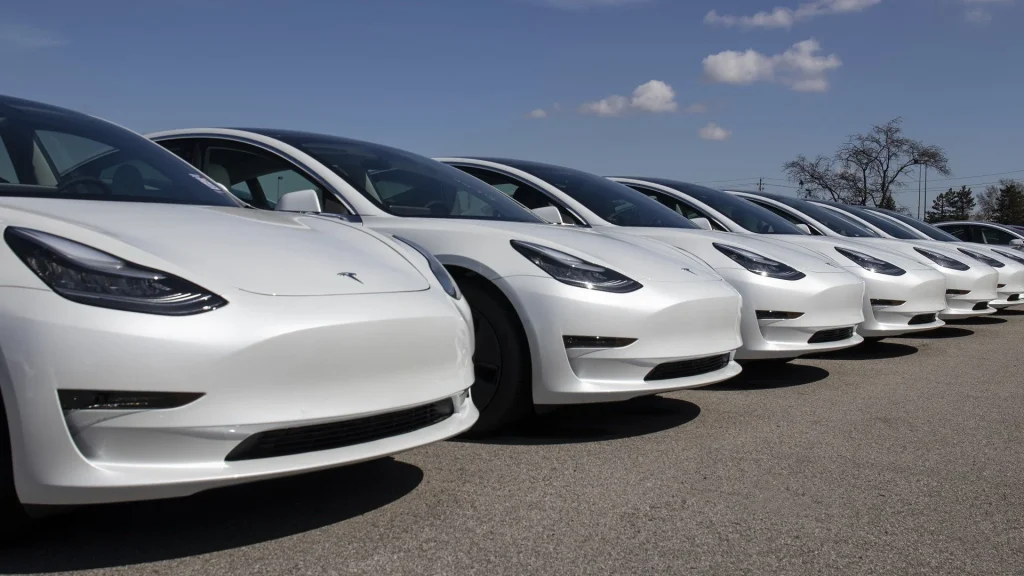
1. The Mineral Footprint: Six Times the Materials, Hidden Costs
Hidden beneath the hood of every electric vehicle is a battery whose production demands an astronomical amount of resources. It takes six times more minerals to make one EV battery than it does to produce an entire conventional car. The need for cobalt, copper, nickel, and lithium is driving a new global era of mining, with extraction points varying from Indonesia’s rainforests to the salt lakes of South America. Earth.Org estimates that each tonne of lithium mined is the same as 15 tonnes of CO₂ emissions, and cobalt mining alone produces 1.5 million tonnes of CO₂ annually. These statistics, while lower than mining for fossil fuels, nonetheless indicate a potential shocking environmental cost.
The impact extends beyond emissions. Land degradation, water pollution, and loss of biological diversity are standard side effects of large-scale mineral mining. The environmental cost often accrues to faraway people with little to their name but asphalt roads where EVs quietly glide, disrupting the global trend of environmental risk distribution.
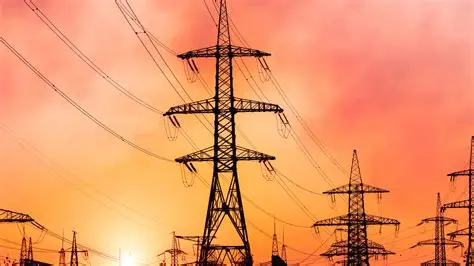
2. Power Grid Strain: The Building Infrastructure Problem
The shift to electric driving is putting unprecedented stress on power distribution networks. A recent analysis determined that 67% of California’s distribution feeders must be upgraded by 2045, with the cost of upgrades estimated at $6 to $20 billion. The proliferation of residential charging naturally clumped in the evening peak hours has the potential to overload local transformers and lead to voltage instability.
U.S. utilities are racing to catch up. As Britta Gross of the Electric Power Research Institute explained to Canary Media, “The load is big but it can be accommodated if we have more early notice.” If not planned and invested in in advance, rolling blackouts and decades-long backlogs to upgrade grids could make charging stations a waste and leave consumers scrambling. California’s alone could cost $30 billion to $50 billion in upgrades within 12 years.
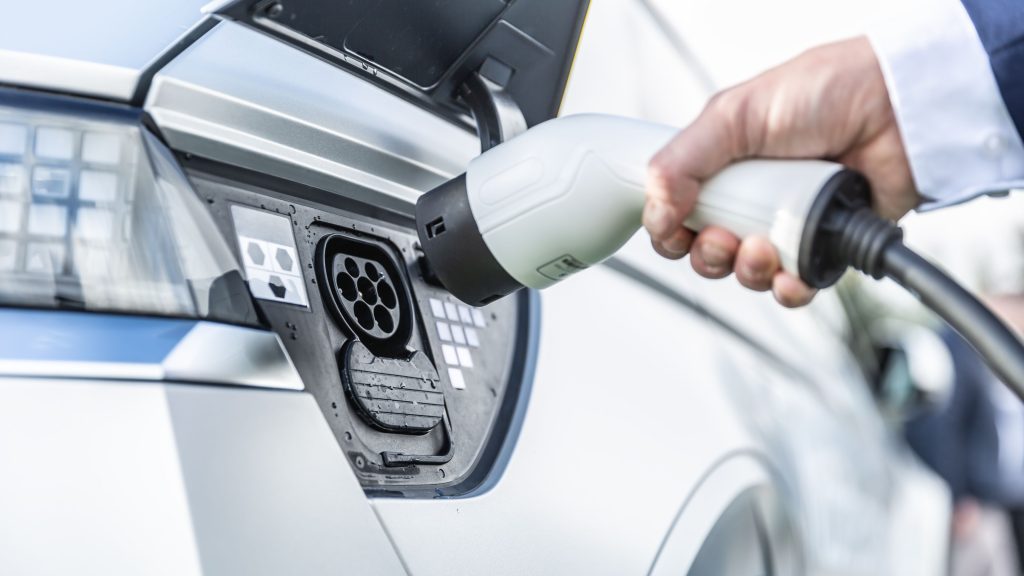
3. Smart Grids: A Glimmer of Hope in Times of Uncertainty
Enter the smart grid: a technologically sophisticated, responsive system designed to optimize energy delivery and integrate renewable sources. With the ability to access real-time data, smart meters, and AI-driven analytics, smart grids can level EV charging loads, reduce peak demand by 33%, and even allow vehicles to supply energy to the grid. Smart grid technology employed for EV charging infrastructure was valued at nearly $50 billion in 2022 and can expand to $130 billion by 2028.
But the journey isn’t smooth. Integration complexity, cyber threats, and the need for standardized processes all present Herculean challenges. While regulators and utilities weigh investments, the promise of smart grids is a crucial if not yet full solution for a greener EV future.
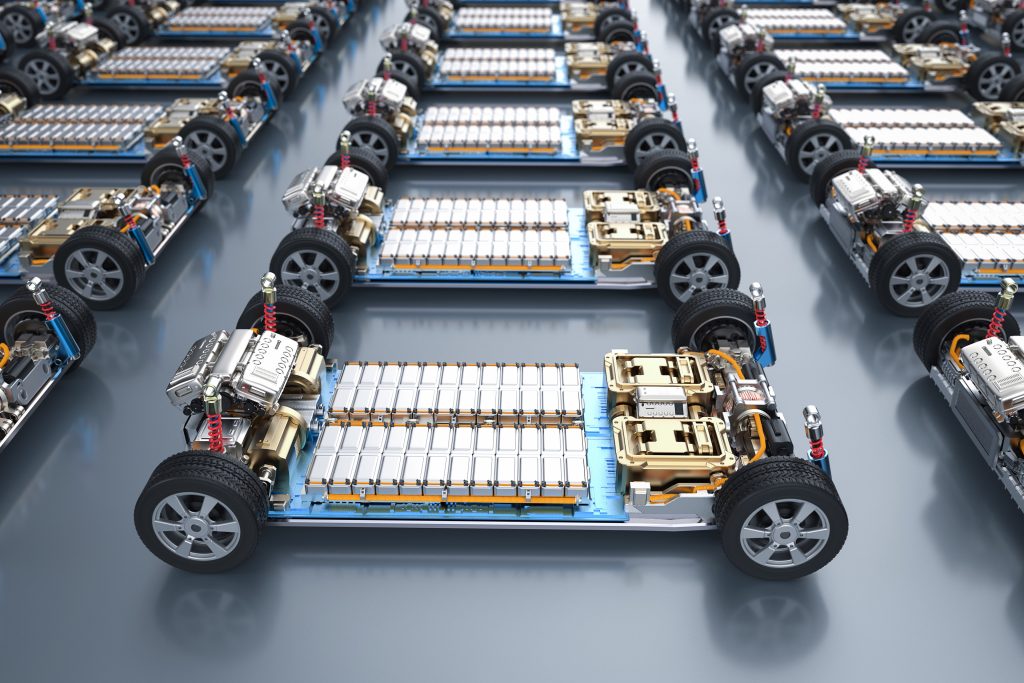
4. Battery Manufacturing Carbon Debt
The environmental credentials of EVs are often touted, but rarely does one hear the carbon footprint of battery manufacturing come up. Making an EV battery generates on average 17.6 kilograms of CO₂ per kilogram of battery produced. In regions that employ coal-fired electricity, this may be significantly higher, requiring many years to eliminate the emissions advantage of electric vehicles once they have been purchased.
This so-called “carbon debt” means that the climate benefit of EVs is highly dependent on the cleanliness of the production supply chain and the source of electricity used in charging and producing them. The journey to net-zero emissions is, for most vehicles, a marathon rather than a sprint.
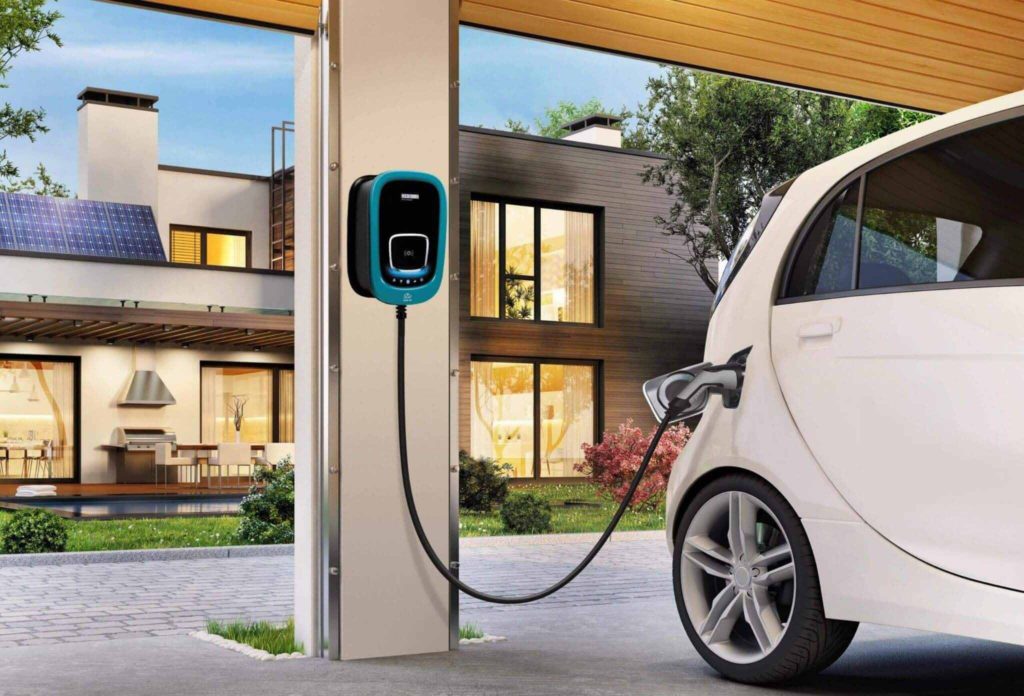
5. Home Charging: The Double-Edged Sword
Home charging is a convenience and money-saving for the majority of EV owners. However, home-charging feeders are discovered to require twice as much grid upgrade as commercial feeders. Home-charging feeders in California will require about 16 GW of capacity upgrades by 2045, while public charging would require 9 GW. Spatial and temporal agglomeration of home charging is the culprit, where drivers mostly charge after 6 p.m., exacerbating evening peak loads.
Shifting part of the charging burden to offices or public charging sites, or making late-night or other off-peak charges more appealing, can relieve pressure on the system. Where and when users charge is not merely a convenience matter; it is key to the sustainability and reliability of the electric grid.
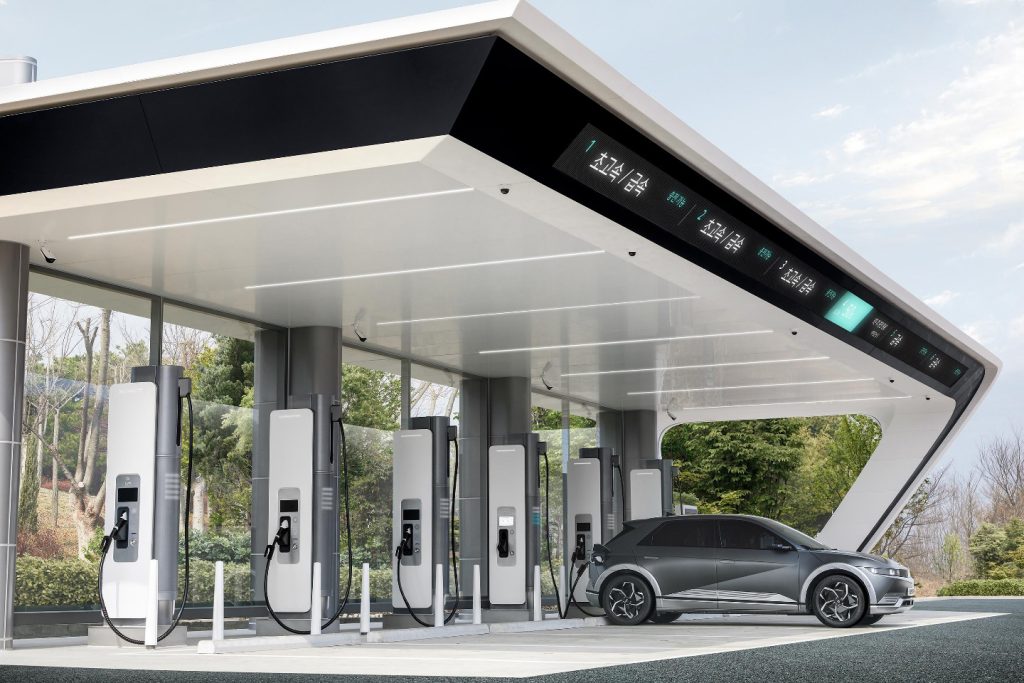
6. Data-Driven Planning: The New Frontier for Utilities
With every rise in the number of EVs, there is a growing need for granular, forward-looking information. The EVs2 Scale 2030 initiative is bringing together utilities, car makers, and regulators to map out where charging infrastructure will be needed, years in advance. As Britta Gross explained it, “We need a lot more granular information so we can provide feedback to the utility industry at a much more granular level a level you can invest in.”
With the right data, utilities can plan upgrades, avoid gridlocks, and power new charging stations on schedule. The stakes are high: without accurate forecasting, delays in infrastructure will stall the EV transition and undermine confidence.

7. The Environmental and Human Toll of Cobalt and Lithium
While emissions from lithium and cobalt mining are lower than from fossil fuels, their social and environmental impacts are dramatic. In the Democratic Republic of Congo, which supplies 60-70% of the world’s cobalt, mines are generally unsafe and exploitative. There are between 140,000 to 200,000 artisanal miners working, according to estimates by Earth.Org, and they have bad working conditions for low pay. The supply chain involves toxic exposure, dirty water, and even child labor.
Lithium mining, particularly in South America, contaminates water sources and poisons local wildlife. As Georgia Tech’s Gleb Yushin proposed in Nature, “New battery technology needs to be developed using more common, environmentally-friendly materials.” Until such a time as it is afoot, the “hidden costs” of the electric revolution remain a smoldering ethics issue.

8. Recycling and the Myth of the Circular Battery Economy
Industry leaders typically advocate battery recycling as the solution to EVs’ waste and mineral challenge. Recycling of lithium-ion batteries is currently insignificant, though, and the process is risky and requires a lot of energy. Most batteries still end up in landfills or are shipped overseas to developing countries to be processed inappropriately.
While recycling technology for precious material exists on the shelf, economics are not yet there for mass deployment. The vision of a circular battery economy is still a hope for tomorrow, and meanwhile, the environmental deficit of each new EV battery continues to mount.
The electric vehicle revolution is unambiguously reshaping the future of transportation, but sustainability’s path is neither direct nor straightforward. The social and environmental price of EV adoption too commonly hidden from view needs transparency, creativity, and thoughtful planning. While technology is updating and policy is shifting, the final proof will be whether or not societies are able to confront such unpleasant truths and build a cleaner, more equitable mobility system for everyone. Only by confronting the complete spectrum of impacts can the promise of electric cars be delivered without sacrifice.
